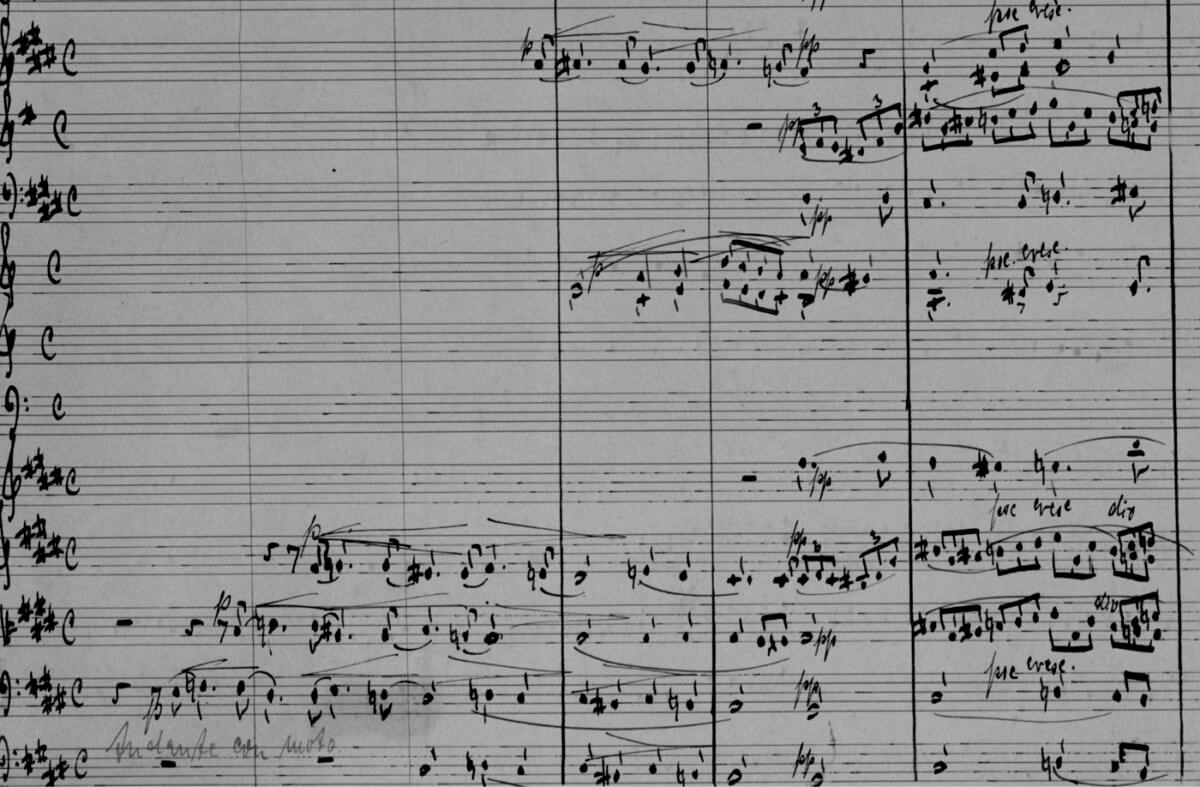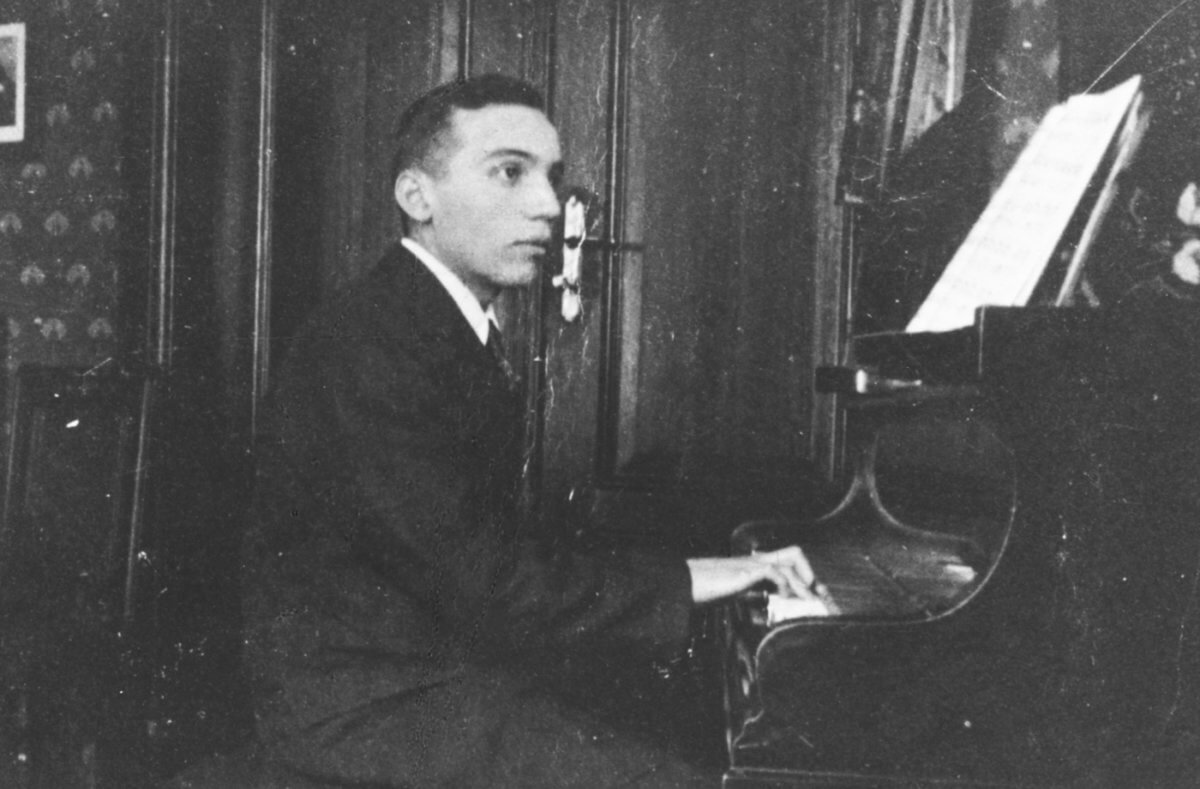NEW PERFORMING EDITION AVAILABLE
Kurt Weill (1900–1950) created the Orchestersuite in E major as a first-year composition student of Engelbert Humperdinck at the Königliche akademische Hochschule für Musik in Berlin. (The Royal Conservatory changed its name to State Conservatory during Weill’s first year, as World War I ended and Germany’s monarchy collapsed.) Weill began the Suite in mid-October 1918, informing his brother Hans a few weeks later that “it is intended more as a study, less as an opus.” Even so, Humperdinck seems to have been impressed by the work. In late March 1919, Weill was finishing the last movement’s orchestration. But by that time he felt ambivalent about the work, on the one hand observing that it represented a step back from the modernity of his String Quartet in B minor (1918), on the other hand taking considerable pride in his new creation, which “perhaps ought to be labeled a symphony rather than a suite.”
That ambivalence and the fact that Weill quickly moved on to another project (a symphonic poem based on Rainer Maria Rilke’s The Tale of the Love and Death of Cornet Christopher Rilke) may account for the fact that he did not finalize the Suite. Weill provided dynamics, articulation, and phrasing marks for only the first movement and the first twenty-three bars of the second; moreover, player indications in the woodwind and brass sections are often missing. It is doubtful that even a part of the Suite, let alone the work as a whole, was performed during Weill’s lifetime. After his death, knowledge of the work lay dormant until the holograph full score surfaced in 1983, along with other early compositions and a large collection of letters to his family.
In order to make the work performable, British conductor and Weill specialist James Holmes has painstakingly examined Weill’s sixty-one-page holograph score, corrected copious errors, and furnished missing information essential for idiomatic performance of the work. The transcription of Weill’s holograph score that appears as an appendix to the volume “Symphonic Works” in the Kurt Weill Edition (Series II, Volume 3) is not performable. The present score is the first publication of the work.

